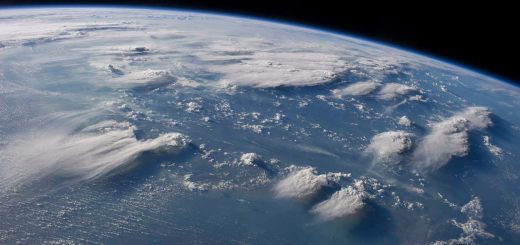Deep-living microbes could ‘eat’ energy generated by earthquakes
When rocks fracture in underground faults, they generate a variety of chemical compounds that could provide more energy sources for microbes in Earth’s depths
By James Dinneen
4 August 2025
Microbes might find energy in surprisingly inhospitable places
Public domain sourced / access rights from The Book Worm / Alamy
Rocks fractured by earthquakes could unlock a wide menu of chemical energy sources for microbes living deep underground – and similar processes could potentially support microbes within other planets.
Read more
Forces deep underground seem to be deforming Earth's inner core
“This opens up a whole new set of metabolisms,” says Kurt Konhauser at the University of Alberta in Canada.
All organisms on Earth use flowing electrons to power their lives. On the planet’s surface, plants harness sunlight to produce carbon-based sugars, which animals like us eat. Then electrons flow from the carbon we consume to the oxygen molecules we inhale. The chemical gradient between these carbon electron donors and oxygen electron acceptors, known as a redox pair, produces energy.
Below the planet’s surface, microbes also rely on such pairs for energy. But deep ecosystems lack access to the sun’s energy in any form, which means they can’t use the same carbon-oxygen pairs we do. “The problem with the deep subsurface has always been, where do these [chemical gradients] come from?” says Konhauser.
Hydrogen gas – generated underground by reactions between water and rock – is known to serve as a major source of electrons, much like carbon sugars do up above. This hydrogen comes from breaking down water into its components, which can occur when radioactive rocks splits water molecules or iron-rich rocks react with them. A smaller share of hydrogen is generated when earthquakes shear silicate rocks, exposing reactive surfaces capable of splitting water.


